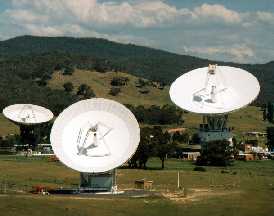This picture shows NASA's Deep Space Network,
which searches the sky for radio signals.
Click on image for full size
NASA/JPL
Looking for Life's garbage
Most forms of life leave evidence behind that they are there. Plants use up carbon dioxide and release oxygen. Some bacteria are known to release nitrogen into the environment. People leave behind smog, radio signals, and garbage.
Io, Titan, and perhaps Triton, show some of the waste products of life, including molecules of oxygen, nitrogen, or the more sophisticated hydrocarbons such as Polycyclic-Aromatic-Hydrocarbons (PAH's). These constituents are not present in the environments of most planets and moons.
This means that there is no evidence that sophisticated creatures are present.
You might also be interested in:
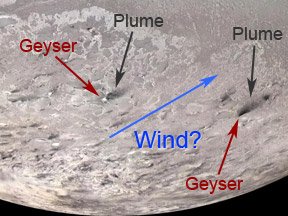
Triton, by far the largest moon of Neptune, is slightly smaller than Earth's Moon. Triton has the coldest surface temperatures in our Solar System. Surprisingly, this frigid moon has an atmosphere, albeit
...more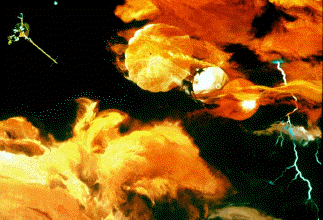
Jupiter's atmospheric environment is one of strong gravity, high pressure, strong winds, from 225 miles per hour to 1000 miles per hour, and cold temperatures of -270 degrees to +32 degrees (freezing temperature).
...more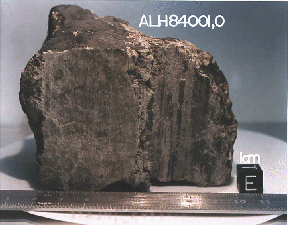
In July, 1996, it was announced that Dr. David McKay, along with a team of scientists at Johnson Space Center (a division of NASA), had discovered possible fossils of bacteria in an ancient rock from Mars.
...more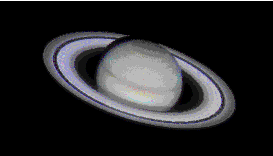
Saturn's atmospheric environment is one of strong gravity, high pressure, strong winds, from 225 miles per hour to 1000 miles per hour, and cold temperatures of -270 degrees to +80 degrees. With winds
...more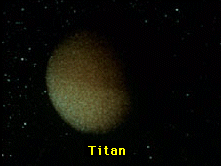
Titan's atmosphere is a lot like the Earth's, except that it is very cold, from -330 degrees to -290 degrees! Like the Earth, there is a lot of Nitrogen and other complex molecules. There also may be an
...more
Autotrophs are organisms that produce organic compounds from an inorganic source of carbon (carbon dioxide) given a source of energy. If the source of energy is the reactions of inorganic chemical compounds,
...more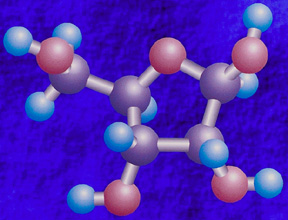
In the warm primordial ocean, aggregates of amino acids, proteins, and other hydrocarbons coalesced into a form called *coacervates*. Organic polymers such as amino acids will spontaneously form coacervates
...more


